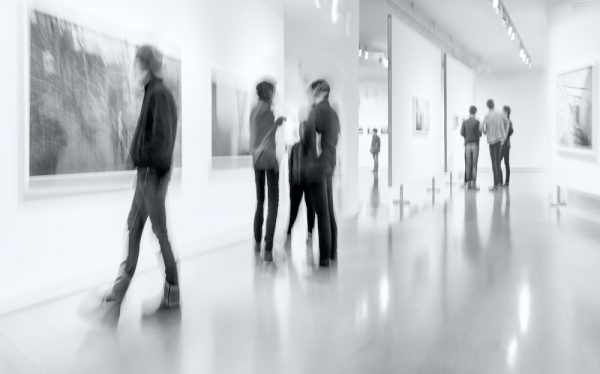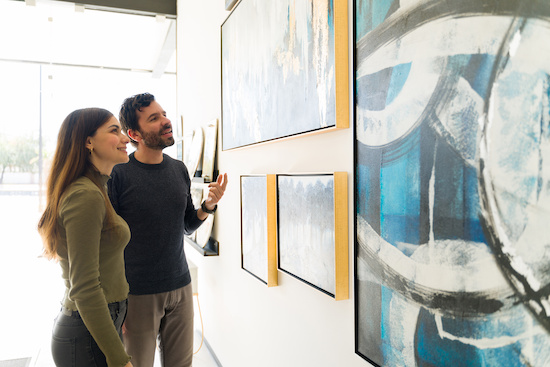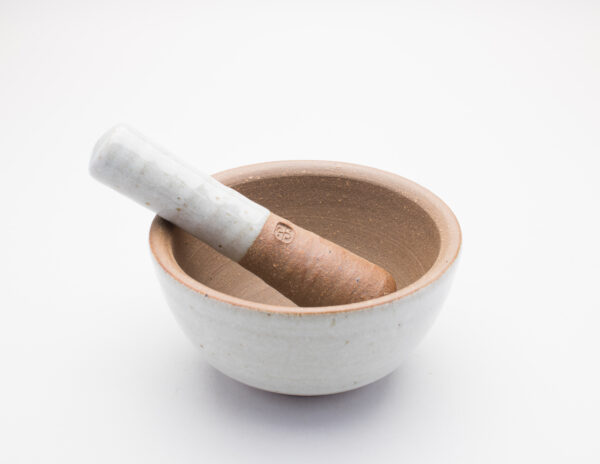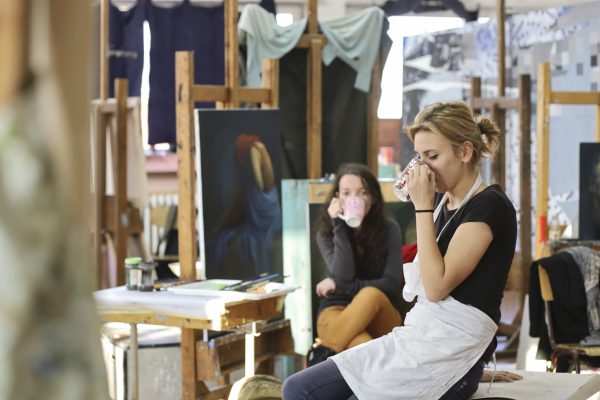One school of thought suggests that a great artist shouldn’t worry about everyday things like paying the rent and feeding the family. But when we think of art and money, we generally turn (enviously) to artists whose work sells...
One school of thought suggests that a great artist shouldn’t worry about everyday things like paying the rent and feeding the family. But when we think of art and money, we generally turn (enviously) to artists whose work sells for millions. In reality, affording a modestly comfortable lifestyle is success for most career artists.
As inspiration, we take a look at what’s behind some of the successful artists to do it.
How much money is the art market worth?
In 2022, the art market was worth $30 billion in the U.S. and nearly $68 billion in global art sales, a 3% year-over-year increase exceeding pre-pandemic numbers. We often see figures for the art market focus on gallery and auction sales. For smaller or hobby artists who sell from their website, studio or small events, their share of the art market is much smaller and shared among a much larger number of artists.
How do you get your share?
Is value relative to talent? No, for many artists it’s simply a question of marketing. There are a few examples of artists who nailed earning a household name. But remember a household name can come from notoriety just as much as admiration.
How to increase the value of your art
After an artist’s death, their work becomes finite, and thus increases its value. But there are some effective ways to increase the value of your own art while you can enjoy it:
Create work that is original and unique: Potential collectors (think big) should feel that they are getting something valuable. Creating one-of-a-kind pieces (rather than off the shelf) is one of the easiest ways to create that feeling.
Work in a series: Van Gogh offered sunflowers, Monet painted waterlilies, Turner captured the atmospheric nature of the sea. Decide what the overarching theme is, like subject, style or even colors. It could be something simple: Francis Bacon always worked on the same sized canvas.
Make your work instantly recognizable: Work in the same scale, using the same medium and the same style. Your work should look like yours. If it doesn’t leave it in your studio until your name is household.
Be visible: It doesn’t matter how good your work is if no one sees it. Get your name and work out there through:
social media galleries art events your websiteLearn more about how to make a living as an artist.
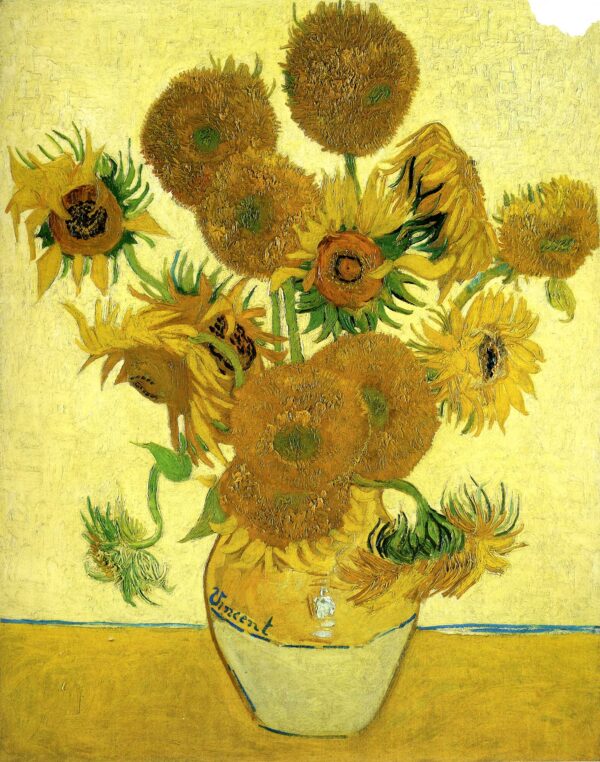 Vincent van Gogh Still Life Vase with 15 Sunflowers (1888). Image: Public Domain
Vincent van Gogh Still Life Vase with 15 Sunflowers (1888). Image: Public Domain
Vincent van Gogh’s sales after death
One of the most famous images of modern art is Vincent van Gogh’s Sunflowers (1888). This series of 14 artworks share something in common. Not one of them sold in his lifetime.
Most recently one of the works sold for more than $75 million. Today it would probably fetch into the hundreds of millions. But during his life, his work was exchanged for food and other basics. He also swapped work with other artists. He sold one work, The Red Vineyard, for the princely sum of 400 francs.
Contemporary artists who mastered the art of marketing
Artists are inspired by the skills, styles and subjects of fellow artists, so why not their business skills too? Here are some of the grand masters of marketing their artwork whom we can all learn from.
Getting Warhol-ed
Few artists reflect the skills of harnessing fame as much as Andy Warhol who amassed the equivalent of $220 million at the time of his death in 1987.
Warhol was prolific. While he is synonymous with 1960s New York bohemian life, the debauched surroundings of his fabled Factory weren’t quite what they seem. It was a true factory of sorts, whether churning out screen prints of tragic stars and soup cans, sculptures of Brillo pad boxes, or avant-garde films, Warhol worked tirelessly creating his art. And he hardly ever paid anyone for their myriad contributions, even though he was making great money (around a hundred thousand a year) from his advertising illustrations in the 1950s.
In the 1970s after the infamous shooting, he targeted rich Manhattan socialites and stars and charged them tens of thousands of dollars to be immortalized or to be “Warholed” in screen print. It was all about money for Warhol. As he once admonished, “Being good in business is the most fascinating kind of art. Making money is art and good business is the best art.”
In 2022, Warhol’s Shot Sage Blue Marilyn sold for $195 million.
Making headlines
Damien Hirst is more than an artist, but also a media manipulator, provocateur and market hustler. His award-winning artwork featuring a shark pickled in formaldehyde The Physical Impossibility of Death in the Mind of Someone Living and Mother and Child, Divided resembles Victorian freak shows and frightfests.
Hirst’s colorful spot paintings can be delightful and rather beautiful in their way. They have edgy titles based on pharmaceuticals and are instantly recognizable hanging on a wall. A brilliant brand identifier.
He and his fellow YBAs (Young British Artists) of the emerging market in the 1990s were always underrated and underestimated for their intelligence and smart marketing know-how. Hirst could never seem to identify fully whether he wanted to be an artist or a gallerist, the punk provocateur or the bourgeois gentleman of taste and leisure. Typically, he greedily swallowed all the pills together and disappeared down several competing rabbit holes simultaneously. He got very rich along the way. His estimated worth is around $400 million (Sunday Times Rich List). His most valuable work tops $100 million; For the Love of God is a platinum cast of an 18th-century human skull encrusted with 8,601 flawless diamonds, including a pear-shaped pink diamond located in the forehead.
There’s a theme building up here about how to run an artist studio. Hirst creates buzz and makes artworks to hang on prestigious gallery walls and in rich patron’s apartments.
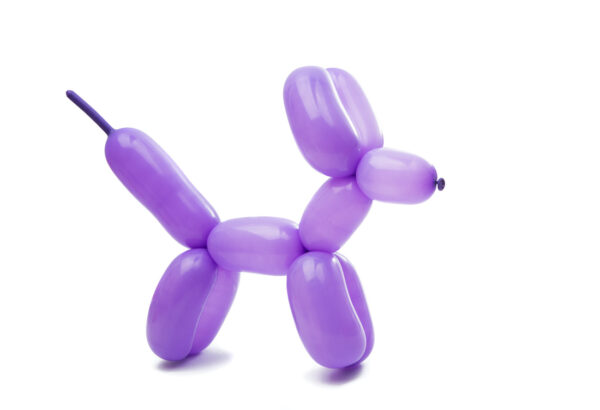
The world’s richest living artist title goes to…
Jeff Koons is the money supremo darling of art investment. Want a balloon dog on your lawn? Shiny, expensive, beautiful… and bound to impress the other billionaires. Koons worked as a commodities broker and brought those skills to art (he also studied art). It is almost supernatural the way Koons manages to tempt the art market with his work. And what does he offer? Simple ideas that are well executed. And an army of highly skilled and talented studio assistants with which to produce them.
There’s a formula here somewhere.





